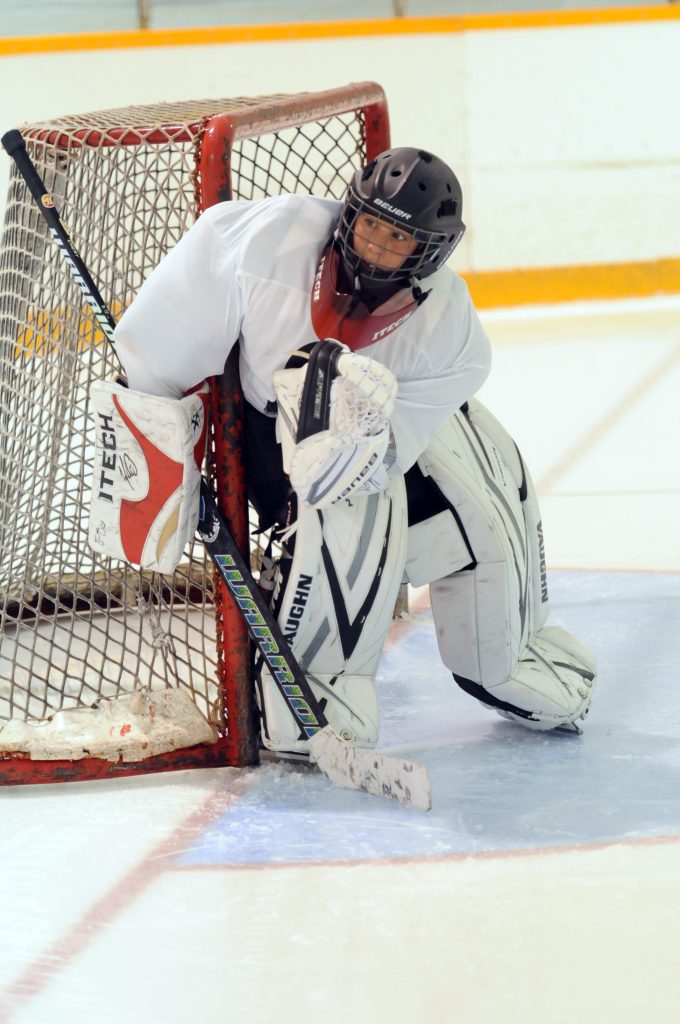Goal Line Panic
It appears that there has been a recent increase in a condition known as goal line panic among goaltenders which has expanded its way from minor hockey right up to elite levels of play. The problem stems from improper timing and positioning, which may be a result of a few different factors causing goaltenders to drop to their knees along the goal line whenever the puck becomes positioned behind their net.
What Causes Goal Line Panic?
For many goaltenders, goal line panic is a direct result of losing sight of the puck when positioned behind the net, and for some it is a lack of confidence to be able to keep up with the speed of the play behind the net. This has resulted in goaltenders that have begun to use this method as their go-to technique for handling any form of behind-the-net plays.
 Emergence of New Trend Counterproductive
Emergence of New Trend Counterproductive
The new goal line panic trend for goalies has them dropping from a standing position into a butterfly, butterfly slide, or RVH (Reverse Verticle-Horizontal) to the opposite post; generally when the puck is carried or passed by the opposition behind their net. This technique may be utilized to the goaltenders’ advantage via proper timing for a wraparound attempt as it will allow the goaltender to be in position early with their pads along the ice. However, it does not provide the goaltender with the option of pushing off of the post using a butterfly slide, to the top of the crease in order to cut off his/her angles in the event that the puck is passed from below the goal line to the slot. Instead, it allows the goalie to cut through the crease to its centre, rather than via a direct line to the top of the crease.
Alternatives
Goalies must understand and learn to time their movements with the speed and position of the puck. Unfortunately, goaltenders that employ the immediate butterfly drop method upon having the puck crossing below the goal line are cheating themselves.
Granted, a behind-the-net play is one of the hardest for goaltenders to follow due to the need to be on time and in position for either a pass, or a wraparound, and in some cases due to the eventual (& dreaded) turn of the head resulting in losing sight of the puck for a fraction of a second. It is essential however, for goaltenders to be patient in order to be in position to cut off the possible passes through the crease, to time one-knee-downs, butterfly drops or slides during wraparound plays, and to perform standing and sliding movements at the appropriate depth so that they may cut their angles appropriately in the event that the puck carrier walks out from below the goal line or opts to pass instead.
Goalie Army Academy’s Lead Instructor, Rick Besharah, developed the R3E System in order to ensure that Goalie Army Academy students apply techniques which help them become more efficient. The R3E System is easily applied to all of our program lessons, and can help any goalie to become more efficient when faced with every on-ice situation they are faced with, including limiting the amount of goal line panic and preparing themselves to stop more pucks with ease.
For more information on increasing efficiency and stopping more pucks, our available programs and clinics, or to learn more about training with us, please contact us so that we can begin working together.


Leave a Reply